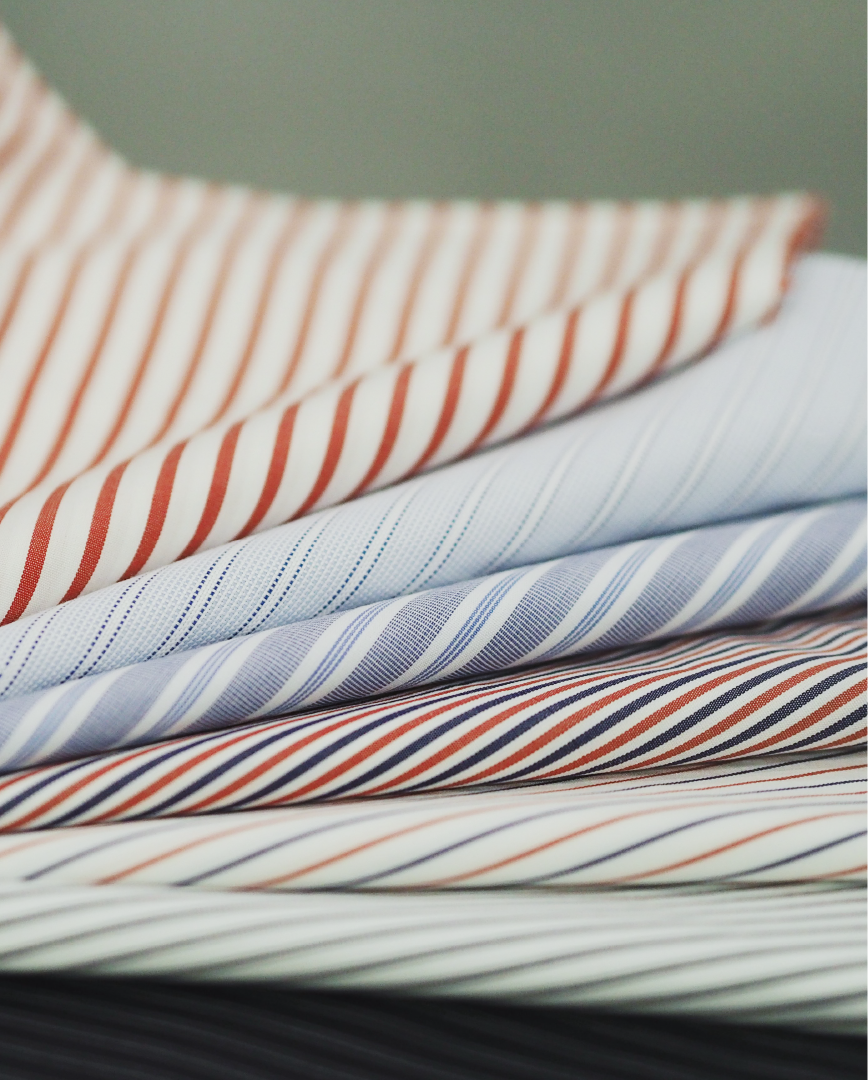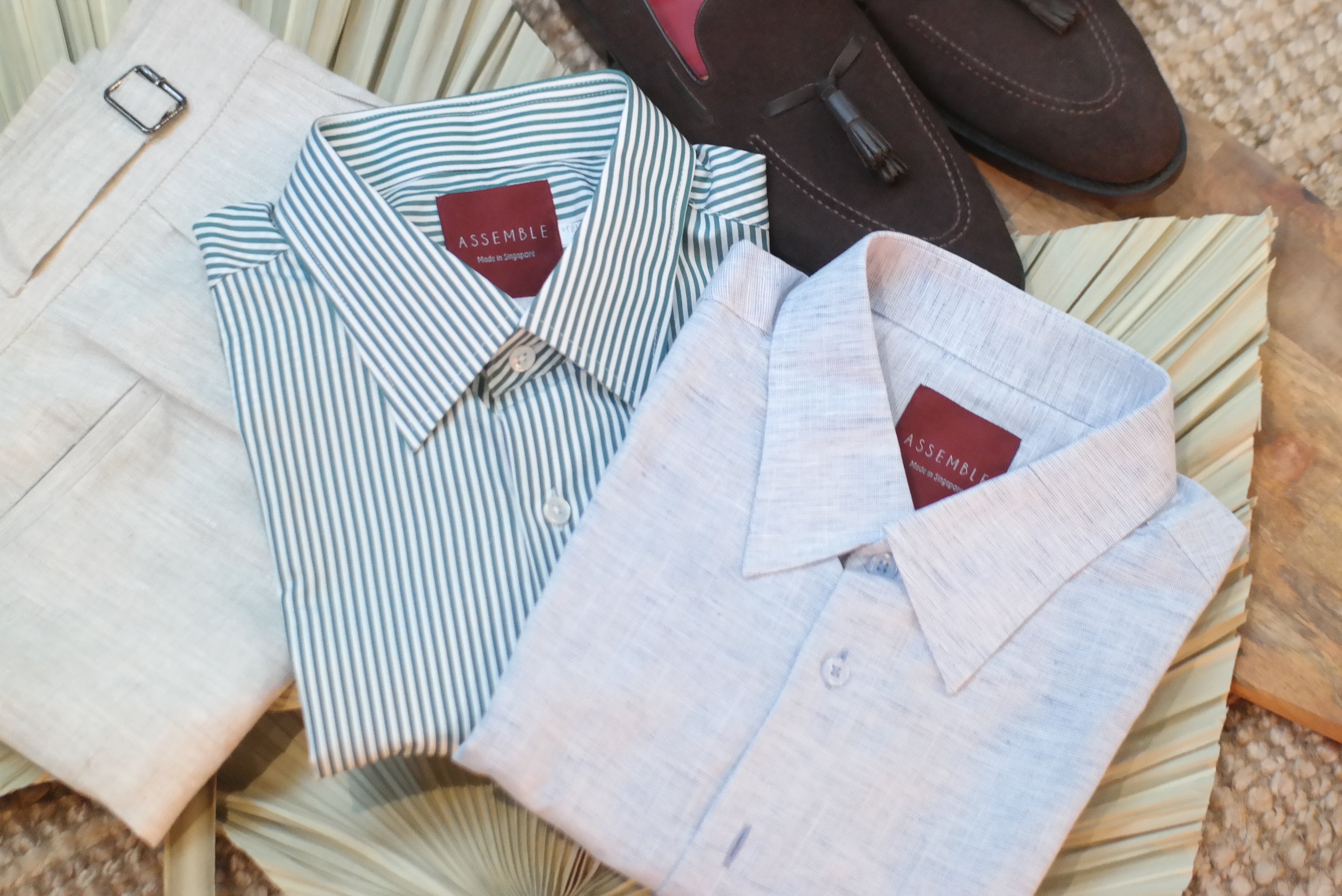
Earn Your Stripes!
When building up your wardrobe, it is important to invest in the basic solids first before you go for bolder or fancier options. Of course, a crisp white shirt with minimal texture would be the first option that comes to mind, followed by pale blue and pink, or even other colors in a pastel shade. With the right collar shape and size, you would be able to maximize the number of wears you get out of these shirts.
So, what is the next shirt fabric options that one should explore? You probably guessed it from the title — Stripes! Stripes have definitely earned its place as a staple in menswear. It can be commonly found in almost anything from formal (suits, shirts) to casual (t-shirts, polos) outfits, and even in men’s accessories (socks, ties). In this editorial, let’s discuss the different types of stripes in shirting fabrics and which could be suitable for you.
Pin Stripes

Pin stripes is a common type of stripe for shirting fabrics as they are often used to make dress shirts for working men in industries such as business and finance. The width between these thin stripes will also vary from fabric to fabric, and can be quite a bold look.
Pencil Stripes

Pencil stripes are also known as Dress stripes. They fall in between Pin stripes and Candy stripes. There is no set width in between the stripes, however, they usually tend to be of a different width to its background. This would be the most versatile the stripes are quite subtle and can look like a solid from a distance.
Candy Stripes

Candy stripes are wider than Pencil stripes but thinner than Bengal stripes. The name comes from the traditional peppermint candy canes most often associated with Christmas. They are usually 1/8” wide with alternating white stripes of equal width. This would be great for a slightly more casual shirt but still appropriate for work.
Bengal Stripes

Similar to Candy stripes, the Bengal stripes are also equal width color stripes alternating on white. However, they are usually wider at about 1/4” wide. If you go for a louder color it can be great for casual wear. Dress shirts can also be made using this stripe when incorporating subtler colors, and can definitely be worn with a suit for work.
Butcher Stripes

Butcher stripes fall in between Bengal Stripes and Awning Stripes and derives it name from traditional design found on butchers’ aprons. They are usually popular in bolder colors like red, yellow, or green, and is definitely a more casual look for the confident gentleman.
Awning Stripes

Awning stripes are generally stripes wider than 1/4” and keeps getting wider. They are usually only used to make casual shirts as the look is more memorable and therefore not suitable for day-to-day wear.
Fancy Stripes

This particular description usually refers to any stripe that is a bit more unusual in terms of being multicolored, or unevenly space, or even both! This would definitely be a casual shirt and perhaps for someone who wants something a bit more unique.
Shadow Stripes

Shadow stripes can be any width of stripe but has been outlined or bordered, creating a shadow effect. They are seen in thinner stripes more often than not, and can be in a number of colors or the same as the adjacent stripes. Depending on the colorway, they could be made into either casual or dress shirts, and can definitely be something a bit more interesting and unique for someone who wants something that breaks the norm.
Closing Thoughts
In conclusion, you should stick to thinner stripes for your dress shirts as a general rule of thumb. Wider stripes are certainly more suitable for casual wear as they make for a very bold look and can even sometimes be seen or made horizontally.
If you have any other questions, feel free to hit us up at +65 8742 6863 and we would be happy to assist you. You can also book an appointment by clicking here. Be sure to follow us on Instagram at @assemblesg and like us on Facebook!




Leave a comment
This site is protected by hCaptcha and the hCaptcha Privacy Policy and Terms of Service apply.